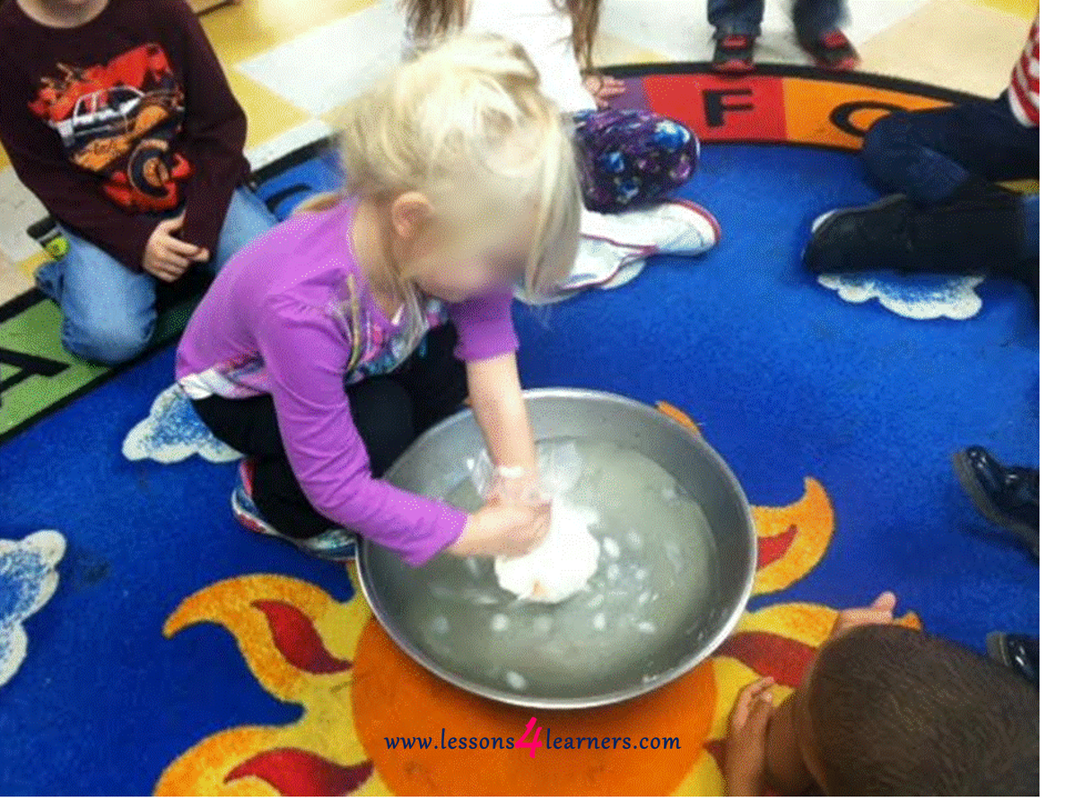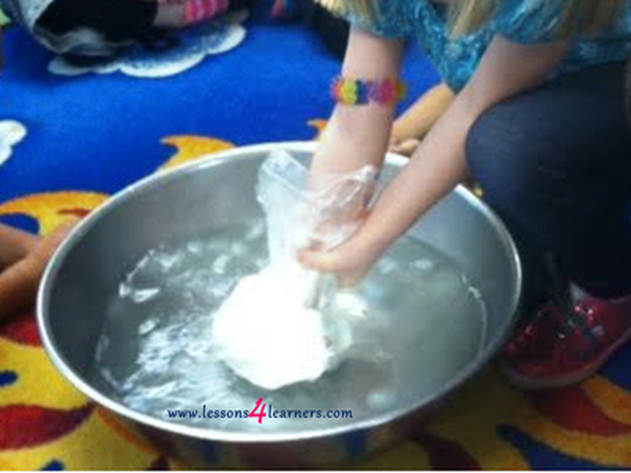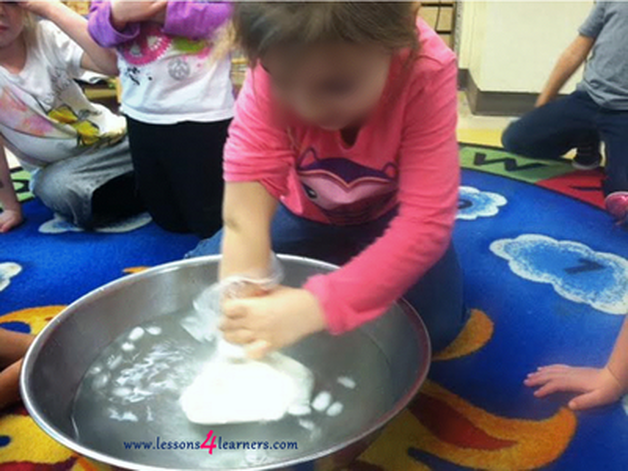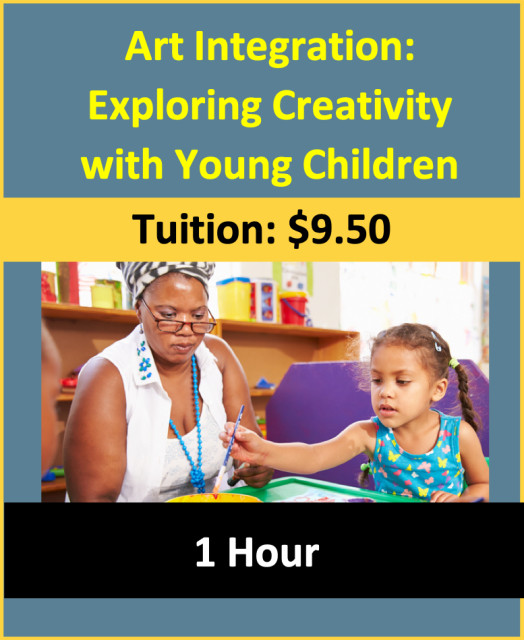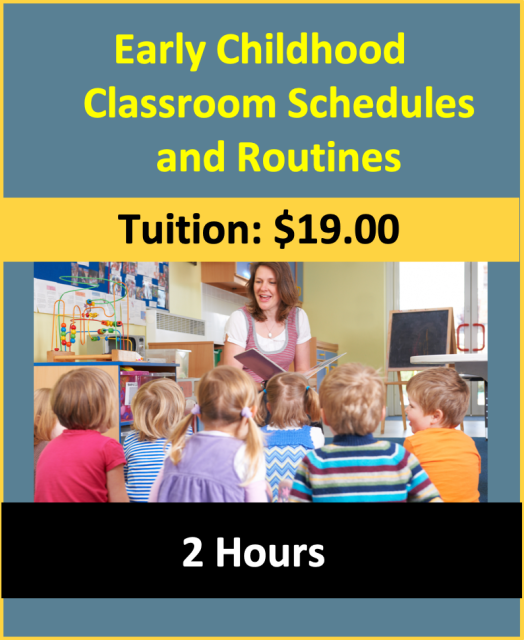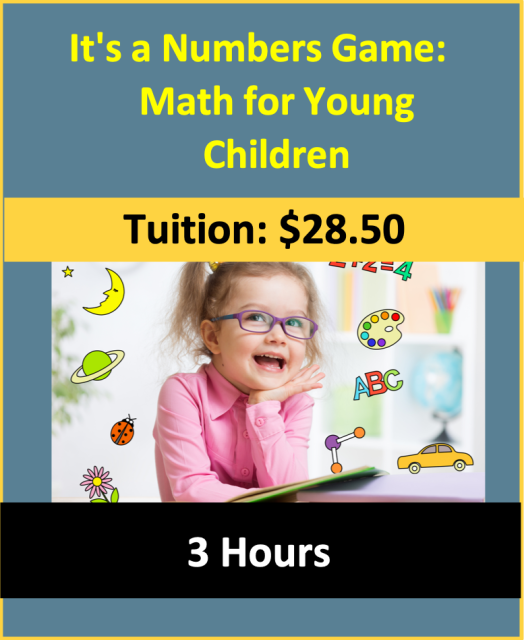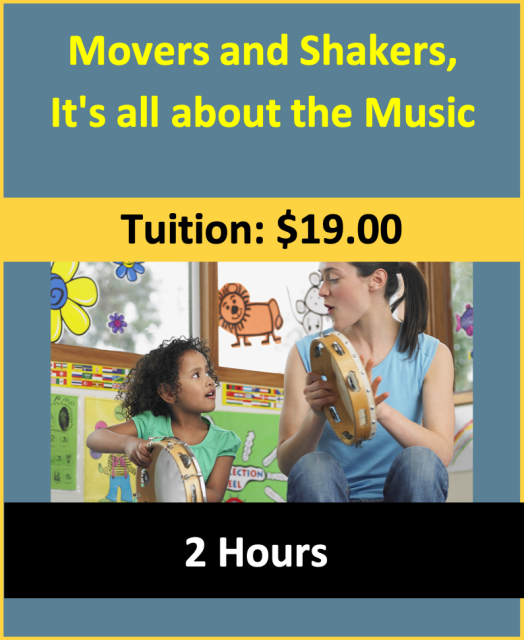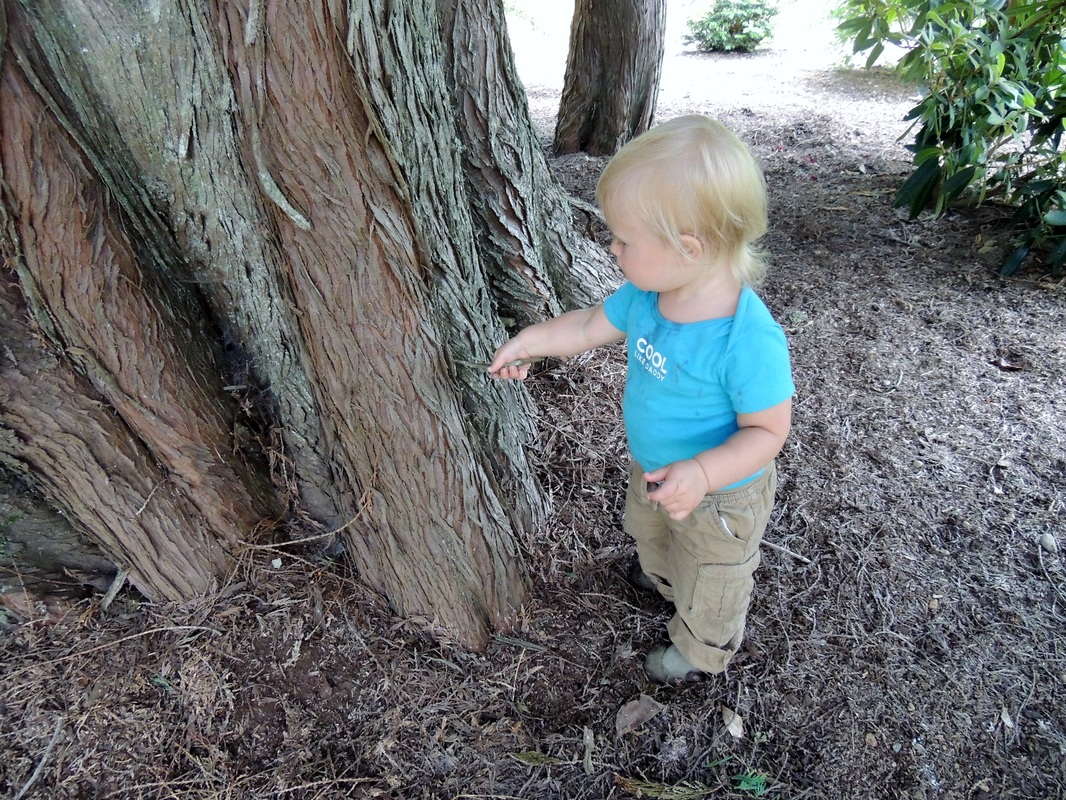How Do Whales Stay Warm?
Lesson Plan:
|
Activity:
How Do Whales Stay Warm?
Lesson plan developed by Aurora Tollestrup, BS Ed
Age Group:
* Lesson plan objective and assessment can be adapted to use this activity with school-age children.
Objectives:
Children will:
II.5.2a
|
|
Materials:
Anticipatory Set:
Procedure:
Assessment:
|
Click on the course icon for enrollment information.
Benefits of STEM
|
STEM can benefit students of all ages. One of the most beneficial aspects of STEM instruction is the emphasis on real-world applications. This emphasis benefits children in giving them awareness of the world around them and its processes. STEM instruction helps children to understand the processes in the world and how they may become a part of them.
With STEM curriculum comes much more than just incorporating more science, technology, engineering, and math lessons. STEM is also a process in which identifying, problem solving, critical thinking, and hypothesizing all come in to play. STEM curriculum teaches children to use the separate elements of STEM along with prior knowledge to create a cohesive unit in which to build even further knowledge. Social skills and community relationships are another benefit of STEM curriculum. Many STEM lessons or activities will involve groups, pairs, or community members, giving children a platform for learning cooperatively through social interactions. Many early childhood classrooms focus on social skills and relationships in their existing curriculum and routines, and STEM will help reinforce those skills. |
How to include science in your early childhood program:
- Include a science center area in your classroom. Include a basket of magnifying glasses, small paint brushes, small sheets of paper and pencils on a table with leaves, rocks, pinecones, a bird’s nest and more items for children to explore.
- Encourage scientific exploration on the playground, in the classroom, and on field trips.
- Give children a range of interests to explore to expand their knowledge.
- Allow for student-led learning.
